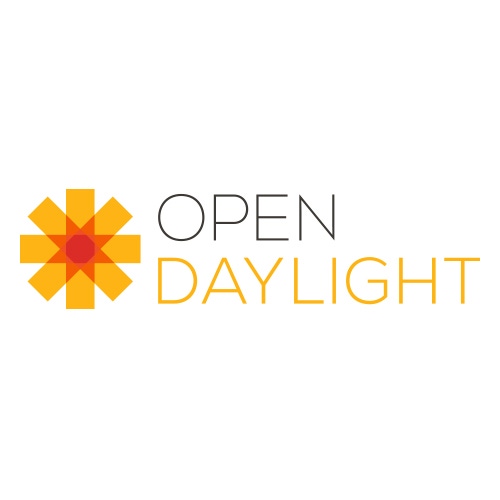The OpenDaylight Project has announced the release of its second open source platform to advance Software Defined Networking (SDN) and Network Functions Virtualization (NFV) architecture control. The release, called Helium, will benefit from 11 new features and protocols, which have all been provided by the network infrastructure vendor community.
September 30, 2014

The OpenDaylight Project has announced the release of its second open source platform to advance Software Defined Networking (SDN) and Network Functions Virtualization (NFV) architecture control. The release, called Helium, will benefit from 11 new features and protocols, which have all been provided by the network infrastructure vendor community.
Open source is being increasingly viewed as the most viable path forward in the adoption of SDN and NFV architectures, especially when it comes to achieving interoperability and innovation acceleration. The OpenDaylight Project claims that Helium’s integration of multi-vendor protocols, applications and technologies will make it the most flexible and interoperable platform available on the market today.
With the OpenDaylight Project managed by the Linux Foundation, the latest release builds upon the group’s debut code release in February this year, called Hydrogen. New features include an optimised user interface called dlux, meaning OpenDaylight User Experience, as well as deeper integration with OpenStack features such as Load Balancing-as-a-Service. Helium will also utilise OpenFlow Table Type Patterns to provide greater forwarding abstraction.
The Technical Steering Committee has, however, opted against utilising Cisco’s OpFlex this time around, which communicates policy information to network equipment.
The OpenDaylight Project is a consortium of network vendors, including Cisco, Ericsson, HP, Huawei, IBM, Intel, Juniper, NEC and ZTE. Each member has the option of committing code and functionality to each release, and is able to design proprietary controllers and solutions to interoperate with OpenDaylight.
Neela Jacques, executive director of the OpenDaylight Project, believes that the project is fundamental to the future of creating an open and manageable SDN and NFV infrastructure.
The Broadband World Forum is taking place on the 21st – 23rd October 2014 at the RAI Exhibition and Convention Centre, Amsterdam. Click here to download a brochure for the event.
“The OpenDaylight Community is iterating, shaping and defining a de facto standard for SDN and NFV through code creation,” he said. “They’ve taken on the monumental task of bringing together all the disparate technologies, thoughts and ideas around SDN and forming it into a cohesive platform. The community has made amazing progress in a short amount of time as you can see in this second release which integrates more functionality, apps and use cases. Helium brings us one step closer to having one common platform the entire industry can standardise on.”
With the number of vendors providing solutions into the virtualization space seemingly on an exponential rise, having the industry’s largest players unite on a common interface and platform for SDN has the potential to rapidly accelerate and standardise options for telecoms service providers. With Hydrogen launching in February to a warm reception, OpenDaylight conceded that there was still work to do before the Helium release. Presumably Lithium and Beryllium will be on the way in 2015.
You can view the Helium architecture diagram, via the OpenDaylight Project website, here
About the Author(s)
You May Also Like








.png?width=300&auto=webp&quality=80&disable=upscale)


_1.jpg?width=300&auto=webp&quality=80&disable=upscale)


.png?width=800&auto=webp&quality=80&disable=upscale)